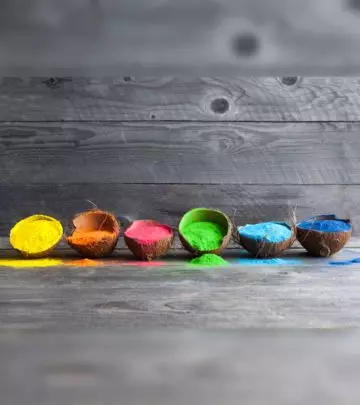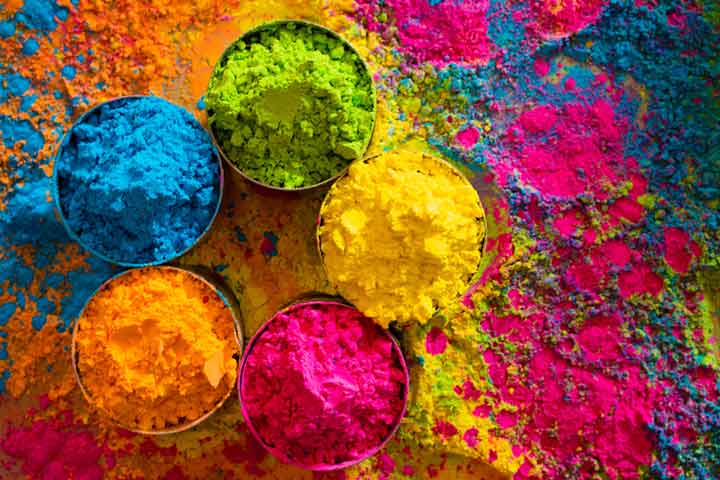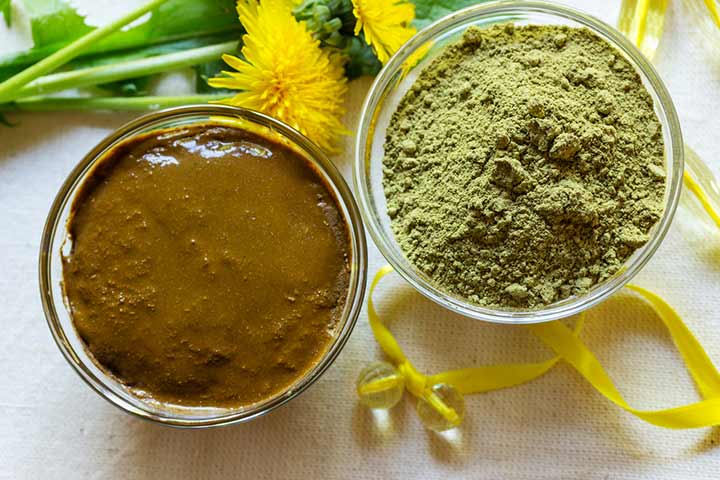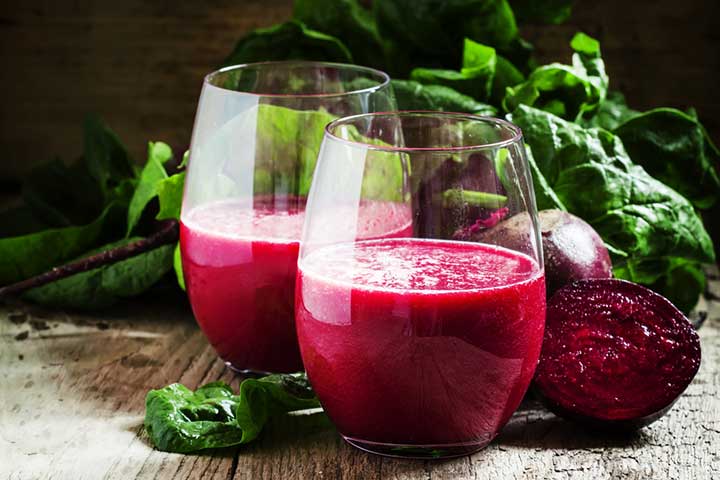
Image: Shutterstock
The festival of Holi is celebrated with a lot of love and excitement. Many colors in the air, kites flying across the sky, and people dressed in white are common sights during the festival. It is called the festival of colors because young and old folks throw colors on each other and make a day out of it. However, Holi has a bigger significance. The ancient Hindu festival signifies the eternal and divine love of Radha and Krishna, giving it the name, the festival of love. It also commemorates the victory of good over evil. Not only that, Holi marks the end of the harsh winter season and the onset of the pleasant and joyful season of spring. Hence, it is also known as the festival of spring.
With so many names and a fun-filled experience, Holi is one of India’s festivals that is celebrated by all, irrespective of their religion. Parties and celebrations are organized for youth, and they come together to have a blast. However, there are many complications to this fun festival. For starters, the colors used are made with synthetic chemicals, which may cause severe harm to your skin.
Why Synthetic Colors Are Bad For You
Image: Shutterstock
Originally, the festival colors were made with flowers that bloomed during the spring season. Apart from flowers, berries, spices, and plants were also used. They were natural and safe for the skin because they had no chemicals. But with commercialization and mass popularity, inexpensive colors that were easy to mass-produce began flooding the market. These colors are made with synthetic dyes, toxic chemical components, and industrial dyes that may damage skin, eyes, and even lungs.
The high levels of lead oxide, copper sulfate, mold, and mercury sulfate are health hazards to people of all ages. Few tests also found a considerable amount of malachite green in the colors, which is a suspected carcinogenic substance. These toxic agents contact your skin and lead to detrimental effects on your health (1). But what if you can make your own natural and eco-friendly colors?
DIY Tips For Making Natural Holi Colors
Image: Shutterstock
The festival of colors is incomplete without a splash of different colors. Fret not, we’ve got you covered. You don’t have to worry about the dangerous effects of chemical dyes because we are here to give you some tips to make natural colors. Here’s how you can make five different colors for Holi:
Red
Image: Shutterstock
For a bright red color, dry hibiscus petals until they are crisp and grind them into a fine powder. Red sandalwood is another excellent option. You can also add rice flour to the mix to increase the volume. If you want wet colors, boil pomegranate peels in water to get a colored solution.
Yellow
Image: Shutterstock
This one’s an easy one. Make use of turmeric powder and gram flour in a ratio of 1:2 to create the perfect blend of dry color. You can also use dried yellow flowers like marigold and yellow chrysanthemum with water for wet colors.
Green
Image: Shutterstock
Green is easy to find. Mehendi powder, green leafy veggies, and spinach can be mixed with water or oil to create a green paste. You can also use henna powder if you don’t want to use wet colors.
Magenta
Image: Shutterstock
Slice beetroots and soak them in water. Boil the mixture and leave it overnight to get a rich magenta color. If you want a slightly pinkish shade, dilute the mix with water until you get the desired color.
Blue
Image: Shutterstock
Blue hibiscus flowers can be dried and powdered to give you the perfect blue color. You can also add rice flour to it to increase the volume. If you want a wet mix, jacaranda flowers are a great option. Just crush the flowers in water till you get the blue that you want.
The best part about these colors is that they are safe, natural, and eco-friendly. You don’t have to worry about any damaging effects it has on your health. It might take a little more effort to make these colors instead of buying chemically-rich colors from a local store, but if it saves you from numerous health complications, isn’t it worth the effort? Share this article with your loved ones and spread the word about natural and eco-friendly colors!



















